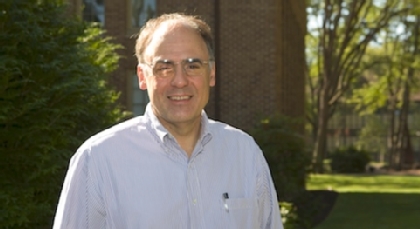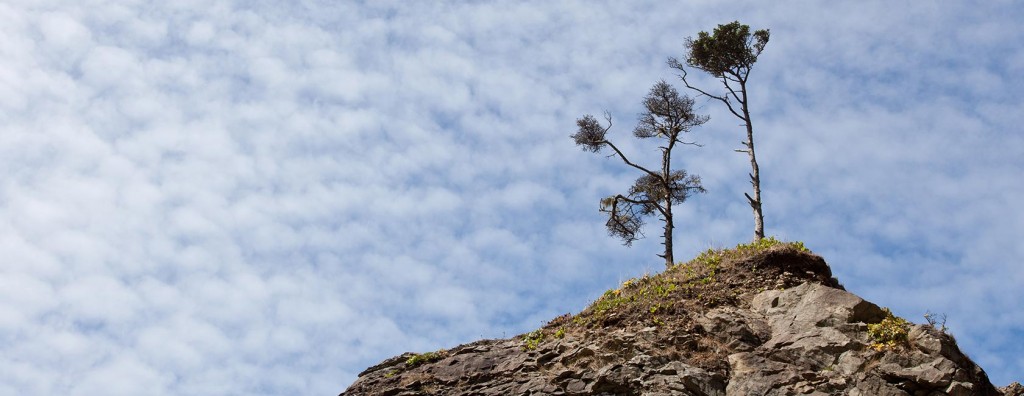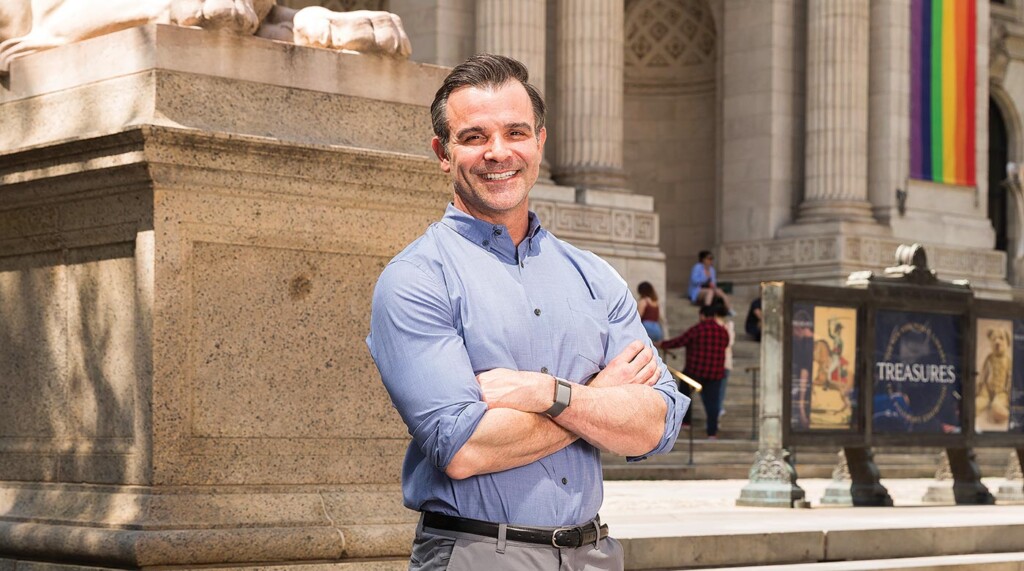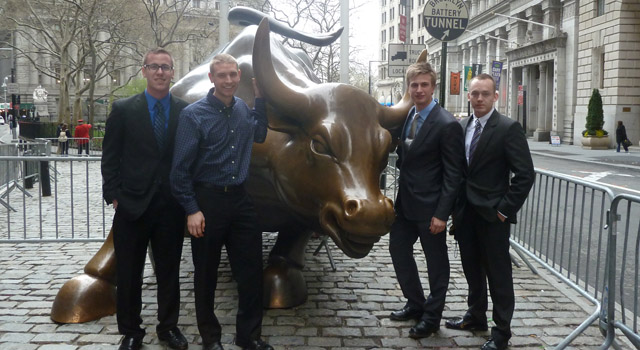Page 34 • (561 results in 0.028 seconds)
-
The Washington Applied Sustainability Internship (WASI) program is a summer internship program designed to link dedicated engineering, chemistry, sustainability and environmental sciences students with business and industry in Washington. Interns research identified pollution prevention opportunities at a Host Business to analyze, recommend, and/or implement process…
water audits, toxics reduction, green chemistry, and life cycle assessment. Read the Host Businesses Project Descriptions very carefully to determine which project best suits your interests, skills and knowledge. Additionally, you will benefit from: Hands on experience in project development and management Collaboration with industry Mentorship by an WASI engineer or scientist Communicating science to interdisciplinary audiences Internship applications open March 13th and are due April 21st. Find
-
Joanne Lisosky, professor of communication, wins 2015 Silver Circle award The Silver Circle is one of the National Academy of Television Arts and Sciences [NATAS] most prestigious awards, honoring a lifetime of dedication to the television industry. PLU Communication Professor Joanne Lisosky will be inducted…
experience in a performing, creative, technical, production, management, administrative or educational role within the industry. Lisosky has been a member of NATAS-Northwest since she was a graduate student. She is just the fourth academic to receive this honor. “[The Academy] really helped me connect with the professionals in the area. My teaching assistantship at UW was in television journalism, so it was a perfect fit,” Lisosky noted. “I went on to serve as a member of the NATAS board of governors for
-

Starkovich named provost By Greg Brewis Steven P. Starkovich has been named provost and dean of graduate studies through the 2011-12 academic year. Provost Steven P. Starkovich He had been serving as acting provost this year during the sabbatical leave of Patricia O’Connell Killen. She…
atmospheric chemistry, graduating from Oregon State University in 1976. In the mid-1980s he served in the Oregon State Senate working on issues related to the environment, labor and education. In 1985, he earned a master’s degree from the University of Oregon in educational policy and management with an emphasis in higher education administration. In the belief that every small college should have an observatory, Starkovich wrote the “astronomy half” of the $500,000 grant from the W.M. Keck Foundation
-
Peace forum livestreamed at PLU Three speakers at the Nobel Peace Prize Forum will be livestreamed at PLU on March 8,9 and 10. Discussion by faculty will follow. March 8: The first lecture will be by Nobel Laureate Muhammad Yunus, the father of the micro-credit…
the Anderson University Center. She is the first Arab woman and second Muslim woman to win the Nobel Prize. Faculty-led discussion will be led by Professor Giovanna Urdangarain (Hispanic Studies). Discussion will also be led by the student organization Network for Peacebuilding and Conflict Management. For those who can’t make it to the PLU campus, the Peace Forum is being Livestreamed. Read Previous PLU students to take part in Nobel Peace Prize Forum Read Next MediaLab returns with a new
-
Now that you’re officially a Lute, the next big step is New Student Registration (NSR), where you get your get your fall class schedule. NSR appointments happen throughout June, but there are some smaller steps you need to complete before a) you can request your…
your NSR appointment in June! This week’s to-do: set up your PLU ePass and start checking your PLU email. Your ePass gives you access to your PLU student email (and full Google suite), Banner Self-Service (your student account, financial aid, grades, etc.), Sakai Learning Management (for classes), PLU library resources and more. If you have already claimed your ePass, great! If you haven’t, you can claim your ePass here. Now that you’ve got your ePass, check your PLU email consistently. Your New
-
Now that you’re officially a Lute, the next big step is New Student Registration (NSR), where you get your get your fall class schedule. NSR appointments happen throughout June, but there are some smaller steps you need to complete before a) you can request your…
your NSR appointment in June! This week’s to-do: set up your PLU ePass and start checking your PLU email. Your ePass gives you access to your PLU student email (and full Google suite), Banner Self-Service (your student account, financial aid, grades, etc.), Sakai Learning Management (for classes), PLU library resources and more. If you have already claimed your ePass, great! If you haven’t, you can claim your ePass here. Now that you’ve got your ePass, check your PLU email consistently. Your New
-

TACOMA, Wash. (Oct. 15, 2015)—Resilience is characterized by the “power or ability to return to original form” after being “bent, compressed or stretched.” You see examples of resilience in the news all the time—in the exhausted yet determined faces of Syrian refugees, in the grace of forgiveness following…
with WRIT 101-23: Our Place, Our Vision, Our Lens: Indigenous Film, but the series is open to the public. Table Talk: ‘What is the World’s Greatest Need?’ Monday, Nov. 16 | 6 p.m. | Scandinavian Cultural Center Panel discussion featuring Assistant Professor of Philosophy Mike Schleeter, Visiting Assistant Professor of Sociology Galen Ciscell and School of Education & Kinesiology Director of Information Management and Technology Mary Jo Larsen. Title IX: More Than Just Sports Tuesday, Nov. 17 | 8
-

In 1997, Brian Bannon was a PLU senior. An exemplary student, he wrote for The Mast, and was a double major researching social justice through the lens of queer rights movements. One afternoon, Bannon found himself in the office of history professor Beth Kraig, discussing…
in July 2000. Within two years, he was elevated from overseeing the delivery of technology instruction to managing the design and launch of three new branches. Bannon still remembers how then-CEO Deborah Jacobs made a point to mentor him. Jacobs, a legendary figure in Seattle civics and the national library community, is known for leading the passage of a historic Seattle library bond and raising an additional $300 million privately to rebuild or renovate every library in the city. “I was a very
-

Mary Lund Davis Student Investment Club board members Cameron Lamarche ’12, Kirk Swanson ’12, Phillip Magnussen ’13 and Arne-Morten Willumsen ’13 pose in front of the Wall Street Bull in New York City during the G.A.M.E. Conference. Lutes on Wall Street By Chris Albert This…
May 2, 2012 Mary Lund Davis Student Investment Club board members Cameron Lamarche ’12, Kirk Swanson ’12, Phillip Magnussen ’13 and Arne-Morten Willumsen ’13 pose in front of the Wall Street Bull in New York City during the G.A.M.E. Conference. Lutes on Wall Street By Chris Albert This spring, five PLU students and one professor were checking into their hotel in New York City for the G.A.M.E (Global Asset Management Education) Forum, when it dawned on the students they were really here and this
-

Students and experts debate October 4 Members of the Pacific Lutheran University Speech and Debate team will partner with local policy experts on Oct. 4 to publicly debate the potential benefits and pitfalls of voting for a third party in the 2016 presidential election. Democratic Communication…
debate. Read Previous Spencer Ebbinga – “Office Hours” Read Next Just a spark: Student-faculty research explores technology and argument LATEST POSTS Meet Professor Junichi Tsuneoka August 20, 2024 Pacific Lutheran University Communication students help forgive nearly $1.9M in medical debt in Washington, Idaho, and Montana May 20, 2024 PLU Faculty Directs Local Documentary November 8, 2022 Scholarship Application Tips October 17, 2022
Do you have any feedback for us? If so, feel free to use our Feedback Form.


